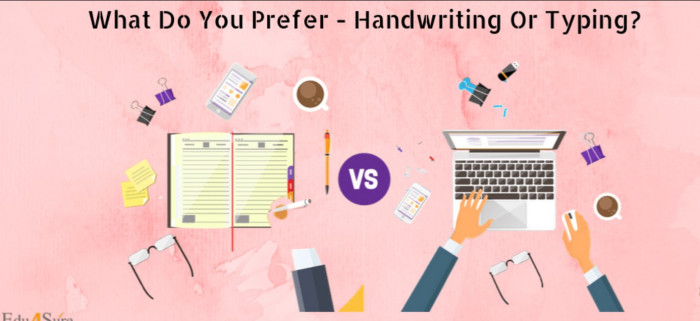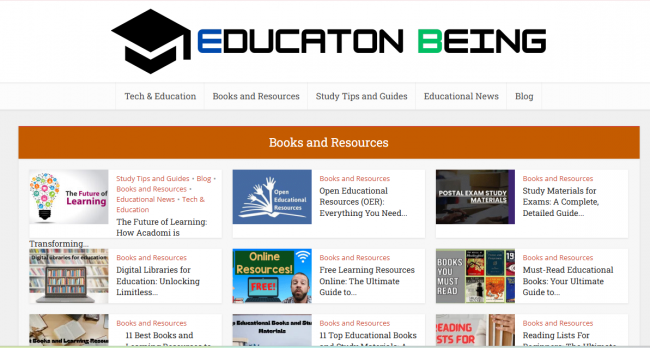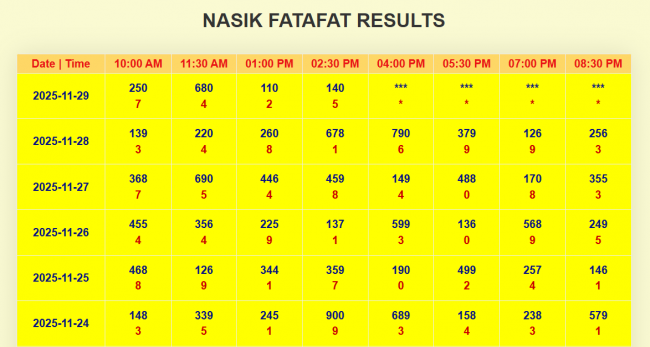Most of us switch between pen and keyboard without thinking. A grocery list on paper, a report on the laptop. But beneath these everyday choices lies something deeper: how each tool changes the way we process, remember, and express ideas.

Why handwriting still matters
Handwriting is slow, but that slowness can be an advantage. Every curve of a letter engages your motor system, your vision, and your memory. That’s why children learning to write often show better recognition when they use a pen and paper rather than just typing. Adults feel this too, jotting ideas by hand can anchor them more firmly in memory.
The tactile act of dragging a pen across paper also encourages focus. You can’t multitask as easily, so you’re more likely to stay with the thought, underline it, circle it, or even doodle around it. Those little pauses help shape raw ideas into something more meaningful.
What typing brings to the table
Typing, on the other hand, is all about speed and scale. The average person types at least twice as fast as they handwrite. That means you can capture more thoughts before they vanish and get more done in a shorter time.
Typed text is also neat, easy to reorganize, and instantly shareable. In a world where collaboration and deadlines dominate, these aren’t small perks. It’s no surprise that in exams or workplace tasks, people often produce longer and more polished answers when typing.
The downside? The very speed that makes typing efficient can make it shallow. Many of us fall into the trap of transcribing instead of digesting. If you’re typing notes word for word, you might not be learning as much as you think.
What the research really says
For years, studies suggested that handwriting led to deeper learning. More recent work complicates that story, showing that the gap isn’t as clear-cut. Sometimes, typing is just as effective, especially if you take the time to summarize, paraphrase, or highlight key ideas rather than copy them directly.
It turns out, the real difference lies not in the tool itself but in how actively you use it. Handwritten notes push you into summarizing by default because you can’t write as quickly. Typing requires discipline: you have to choose to process rather than just record.
Creativity and flow: two paths, same goal
Think about when you feel most creative. Some people find that handwriting, with its slower rhythm and space for doodles, sparks new connections. Others thrive on the free flow of the keyboard, reshaping ideas as fast as they appear.
Both methods can lead you into that “flow state,” but they take different routes, pen through pause and reflection, keyboard through momentum and refinement.
When to choose what
- Pick handwriting when you’re learning something new, brainstorming, or trying to stay grounded.
- Pick typing when you need speed, collaboration, or are working against a deadline.
Mix both for the best results: capture ideas by hand, then expand and polish them on screen.
The bottom line
Neither handwriting nor typing is the winner here. Each brings its own strengths and blind spots. The real skill lies in knowing when you need depth and when you need speed and reaching for the right tool at the right time.











Comments